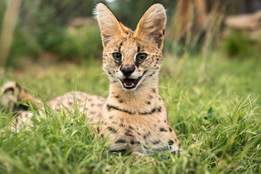deinonychus
noun
dei·non·y·chus
(ˌ)dī-ˈnä-ni-kəs 

: any of a genus (Deinonychus) of small bipedal carnivorous theropod dinosaurs from the Cretaceous having a very large sharp claw on the second digit of both hind feet
Love words? Need even more definitions?
Merriam-Webster unabridged









Share